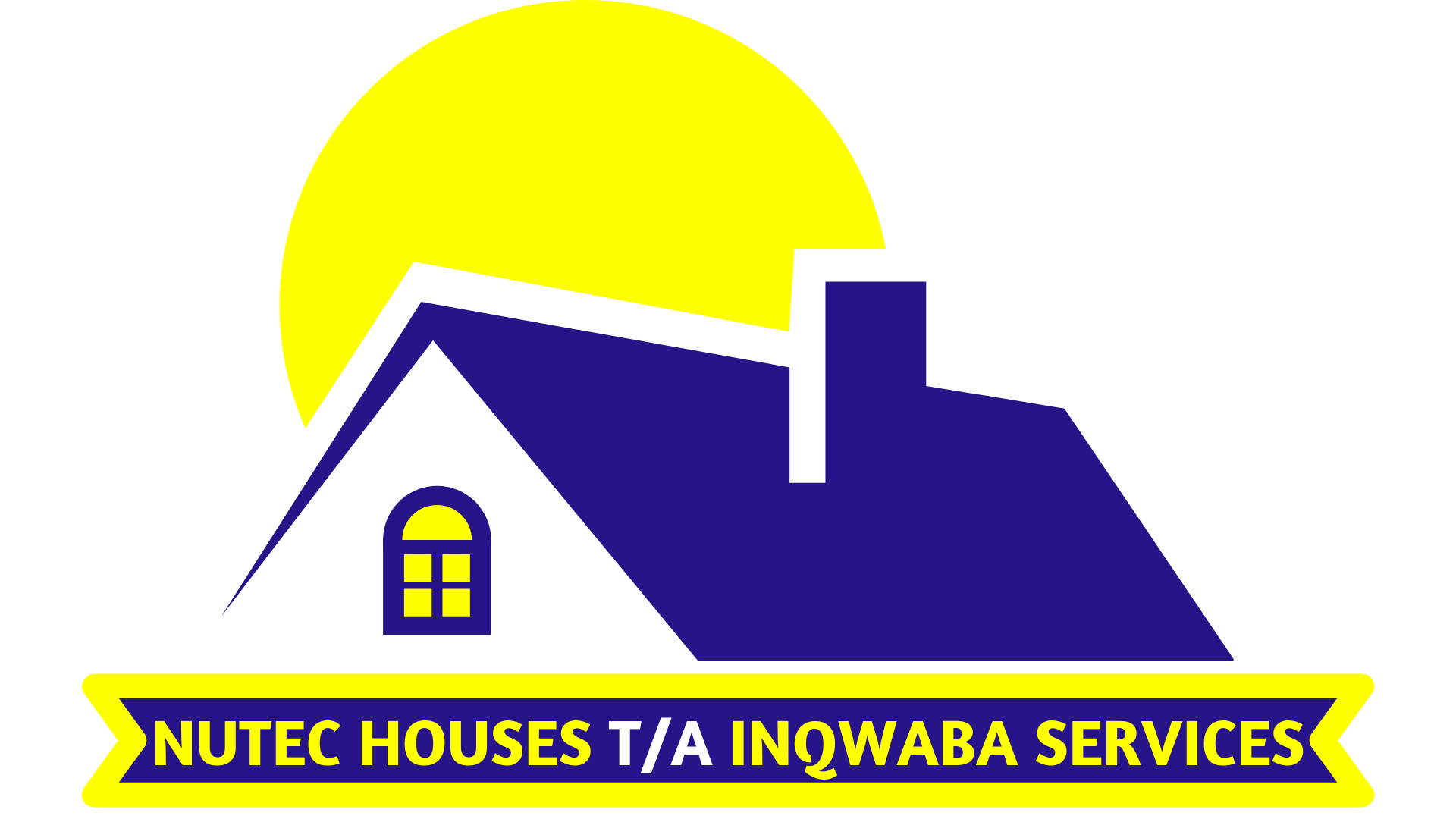As premier log house builders in South Africa we will provide the update log house information, our expertise extends beyond structures. It delves into the rich tapestry of design, customization, and sustainable living.
We will unravel the essential elements of log houses, exploring custom sizes, elevated foundations, and exquisite finishes that define these unique abodes. Whether you’re a prospective homeowner or a curious enthusiast, join us in discovering the artistry, durability, and eco-friendly charm that encapsulate log house living in South Africa.
What is a Log House?
A log house is a rustic dwelling crafted from horizontally stacked logs, each intricately fitted to create a durable and visually striking structure. These homes evoke a timeless charm, seamlessly blending with their natural surroundings.
With a rich history dating back centuries, log houses have evolved from humble shelters to architectural masterpieces, embodying craftsmanship and sustainability. They stand as a testament to the enduring allure of building with nature’s own materials, creating spaces that exude warmth, character, and a unique connection to the environment.
What is the Use of a Log House?
A log house serves as a versatile haven, offering a range of practical and aesthetic benefits. Beyond shelter, these homes provide an unparalleled sense of comfort, insulation, and energy efficiency. Their sturdy construction and natural insulation properties make them ideal for varying climates.
Moreover, log houses are cherished for their aesthetic appeal, providing a picturesque retreat for those seeking a harmonious blend of nature and architecture. Whether used as a primary residence, vacation home, or a cozy cabin, the use of a log house extends beyond functionality to embrace a lifestyle rooted in natural elegance.
What is the Purpose of a Log House?
The purpose of a log house extends beyond mere functionality; it’s about embracing a lifestyle that values sustainability, craftsmanship, and a deep connection to nature. These homes serve as a sanctuary, providing a serene escape from the hustle of modern life.
With a commitment to eco-friendly construction, log houses stand as symbols of responsible living. Their purpose lies in creating spaces where families can forge lasting memories, surrounded by the timeless beauty of natural wood. Whether nestled in the countryside or standing proudly in urban landscapes, the purpose of a log house is to offer a haven that resonates with the values of its inhabitants.
What is the Best Type of Log Home?
Determining the best type of log home involves considering various factors, including personal preferences, climate, and desired aesthetics. Dovetail, Scandinavian Full-Scribe, and Post-and-Beam are popular styles, each with distinct characteristics. The best type often aligns with individual taste, budget, and the intended purpose of the log home.
Dovetail corners showcase precision, while Full-Scribe captures an authentic rustic feel. Post-and-Beam combines logs with a frame, allowing for larger openings. Ultimately, the best type of log home is one that harmonizes with the landscape, fulfills functional needs, and resonates with the unique vision of its occupants.
How to Design a Log House?
Designing a log house involves a thoughtful blend of creativity, functionality, and an understanding of the natural materials used. Begin by envisioning the layout, considering factors like room placement, natural light, and outdoor access. Choose a log style that aligns with the desired aesthetic, whether traditional or modern.
Incorporate energy-efficient features for sustainable living. Balancing open spaces with cozy nooks enhances the overall atmosphere. Thoughtful interior design, such as exposed beams and natural finishes, accentuates the rustic charm.
Collaborating with experienced architects and builders ensures that the design seamlessly integrates with the natural landscape, creating a log house that is both visually stunning and functionally efficient.
Best Place to Build a Log House
Choosing the best place to build a log house involves a careful consideration of environmental factors, local regulations, and personal preferences. Mountainous regions offer breathtaking views and a sense of seclusion, while wooded areas provide a natural backdrop. Proximity to water sources enhances the scenic appeal and recreational opportunities. It’s essential to assess climate conditions, ensuring the log house is well-suited for the chosen location.
Local building codes and regulations should be thoroughly researched. Whether nestled in a forest, overlooking a lake, or perched on a hill, the best place to build a log house is where nature’s beauty harmonizes with the vision of a perfect home.
How Long Log House Lasts
The longevity of a log house is a testament to the enduring strength of its construction. Well-maintained log homes can last for generations, with some standing for centuries. The lifespan is influenced by factors such as wood quality, climate, and maintenance practices. High-quality timber, proper sealing, and routine inspections contribute to durability.
Regular treatments and protective measures against insects and decay prolong the life of the logs. A properly built and cared-for log house can endure the test of time, becoming a cherished legacy passed down through generations. With responsible maintenance, these homes can be a symbol of timeless beauty, connecting the past with the present and ensuring a lasting legacy for the future.

